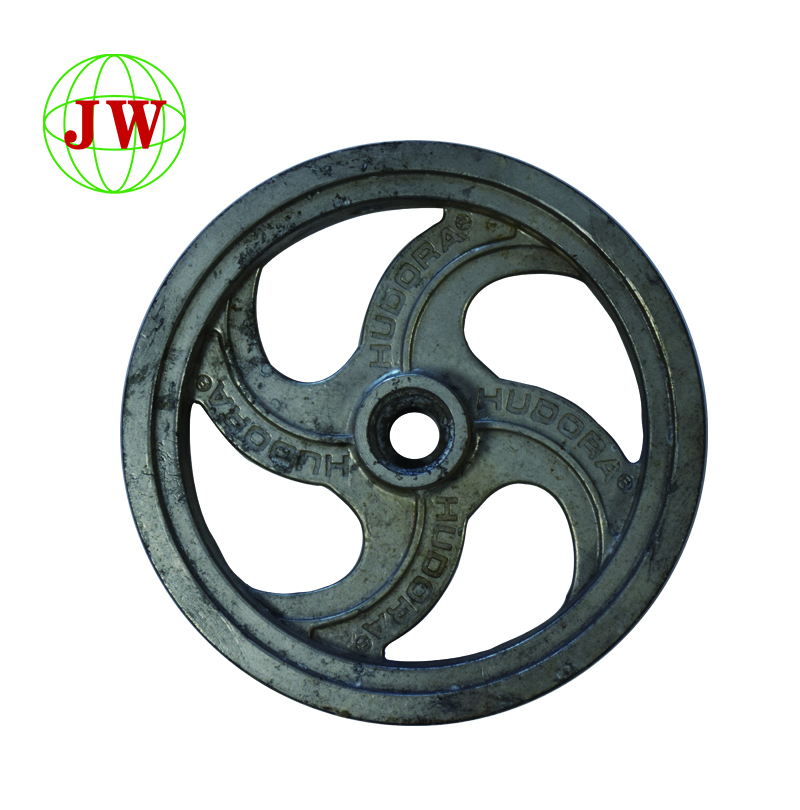
Sharing of Die Casting Mold Technology for Aluminum Alloy Automotive Parts
2023-05-06 16:30
With the development of automobiles, energy conservation and environmental protection are increasingly being paid attention to, and the lightweight and environmental protection of automobiles have also been put on the agenda. As a result, various types of new energy vehicles have also appeared in the market. Aluminum alloy, as a lightweight material, has been applied to different degrees in automobile bodies, and mastering this technology is imperative.
1、 Firstly, let's learn about the use of aluminum alloy on the vehicle, as shown in the following figure:
2、 Next, I will introduce to you the differences between our daily molds and each process.

1. Drawing die:
a. The surface and material flow part should adopt an insert structure and undergo TD treatment, and the working surface should be polished. Due to the severe heating phenomenon of aluminum alloy during the stamping process, it will sinter and accumulate chips on the surface of the insert, affecting the surface quality of the parts.
b. The R angle of the stretching rib is larger than that of the steel material, usually (3-6) T of the material thickness.
2. Trimming mold:
a. Aluminum alloy materials are prone to corner collapse at the waste knife during edge trimming, so the layout of the waste knife should be minimized as much as possible, while considering the sharpness of the waste knife or changing the shape of the waste knife as shown in the following figure:
b. The punching gap of aluminum alloy should be adjusted appropriately based on the data obtained from the aluminum alloy gap table, which is generally (10% -12%) T
c. The closing amount of the trimming edge should not be too large, usually around 5mm. Use a step punch to reduce material scraps, as debris and dust can pose a safety hazard.
3. Flanging and shaping mold:
a. The flanging gap is different from that of steel materials. Generally, the flanging gap is increased by 0.03-0.05mm on the basis of the material. Practice has shown that this can minimize flanging marks and wrinkles as much as possible, and the mold life is longer. If the gap is less than the material thickness, it will cause more wrinkles on the surface.
b. The amount of flipped edge blades should be kept as small as possible, as the earlier they come into contact with the material, the easier it is to damage the surface of the product.
C. The flanging insert should undergo TD treatment and have a high surface finish.
Get the latest price? We'll respond as soon as possible(within 12 hours)












